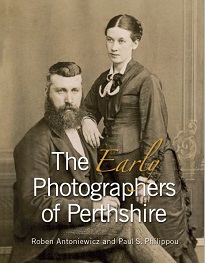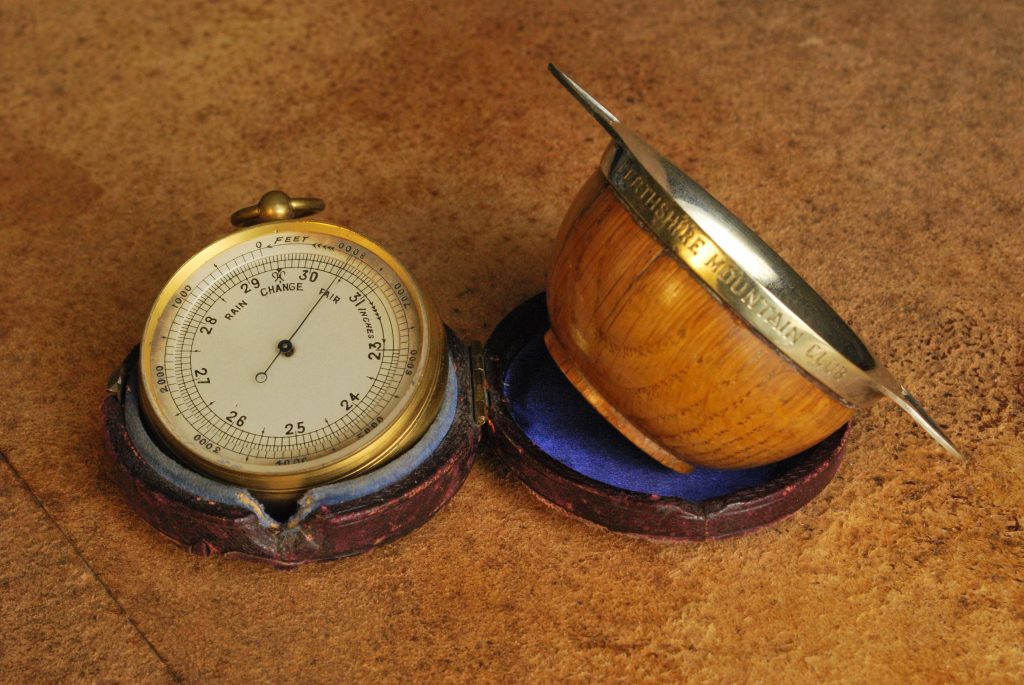From the beginning the Society embraced an enlightened and accessible approach to membership. It was open to active naturalists and to those who could afford to support scientific work. Members ranged from the aristocracy and landed gentry to professionals, clergymen, businessmen, craftsmen, working men and gamekeepers. In 1873 it was agreed to admit women to membership. Eighteen women joined and by the end of the century about a quarter of the members were women.
Interests and Influence
Members enjoyed regular meetings where scientific papers were read and specimens exhibited. At the meeting on 4th April 1867 the programme included papers on the Death’s Head Hawk Moth and on Swallows their migration and supposed hibernation. As well as natural history, subjects covered included agriculture, astronomy, geography, chemistry, meteorology and archaeology – topics that would not be out of place in the current Curious Minds programme. In the summer months members went on field trips to observe, record and collect specimens. In the early days travel for the field trips was by horse drawn transport and train. There were 65 railway stations across the county and the Society was able to arrange for trains to stop between stations to drop off and collect field parties.
PSNS People
Among well-known members were common folk, often self taught, such as Charles McIntosh (the Perthshire Naturalist) and Magnus Jackson (pioneer photographer), who rubbed shoulders with landowners such as The Duke of Atholl and Lord Mansfield and businessmen such as Mr AK Bell and Sir Francis Norie Miller. The Honorary Members included scientists such as the geologist , Prof James Geikie, and Dr James Croll who developed theories on climate change. John Everet Millais, the Victorian pre-Raphaelite artist and his wife Euphemia (Effie Gray of Bowerswell) were members and their son, John Guille Millais was elected a corresponding member in 1917. JG Millais was an accomplished wildlife artist who published several beautifully illustrated books. Corresponding Members included the mathematician and zoologist Professor D’Arcy Thompson and Professor Patrick Geddes, the pioneering town planner who had been a Society member since his teenage years.
more detail here
 Sir William Henry Fowler, Director of the British Museum and a comparative anatomist.
Sir William Henry Fowler, Director of the British Museum and a comparative anatomist.








